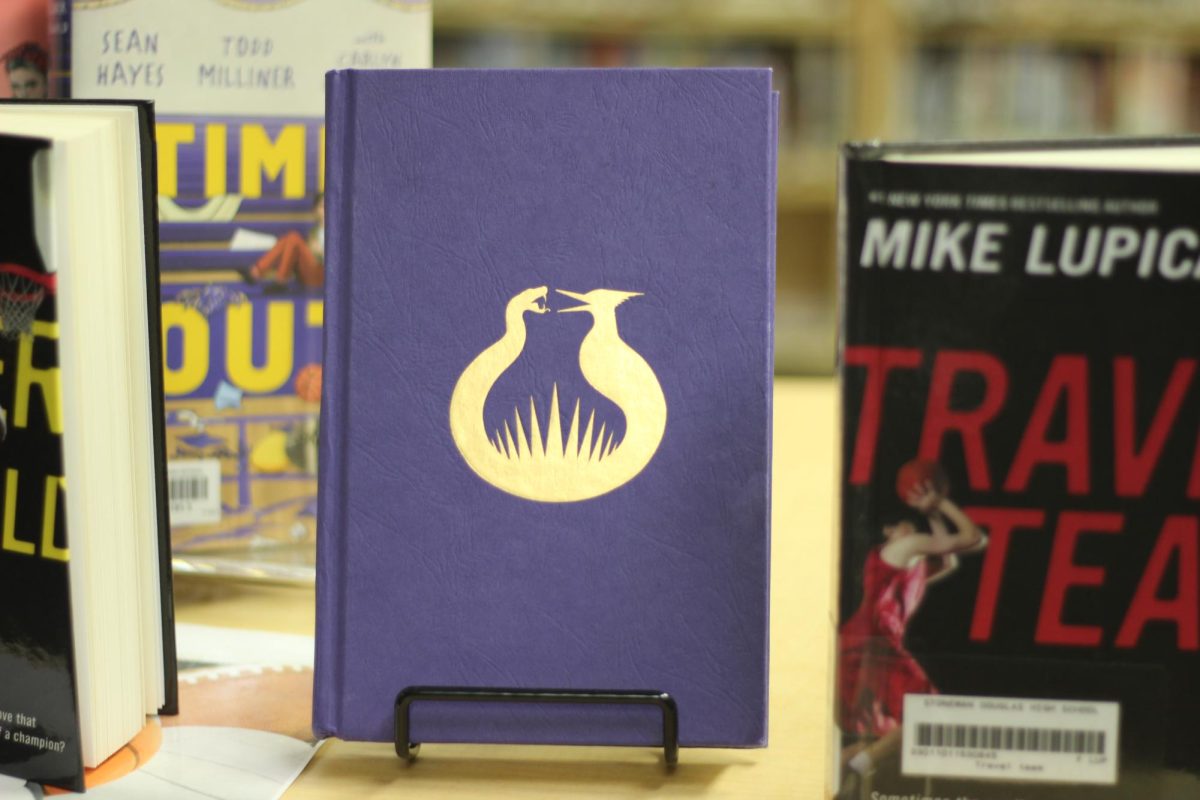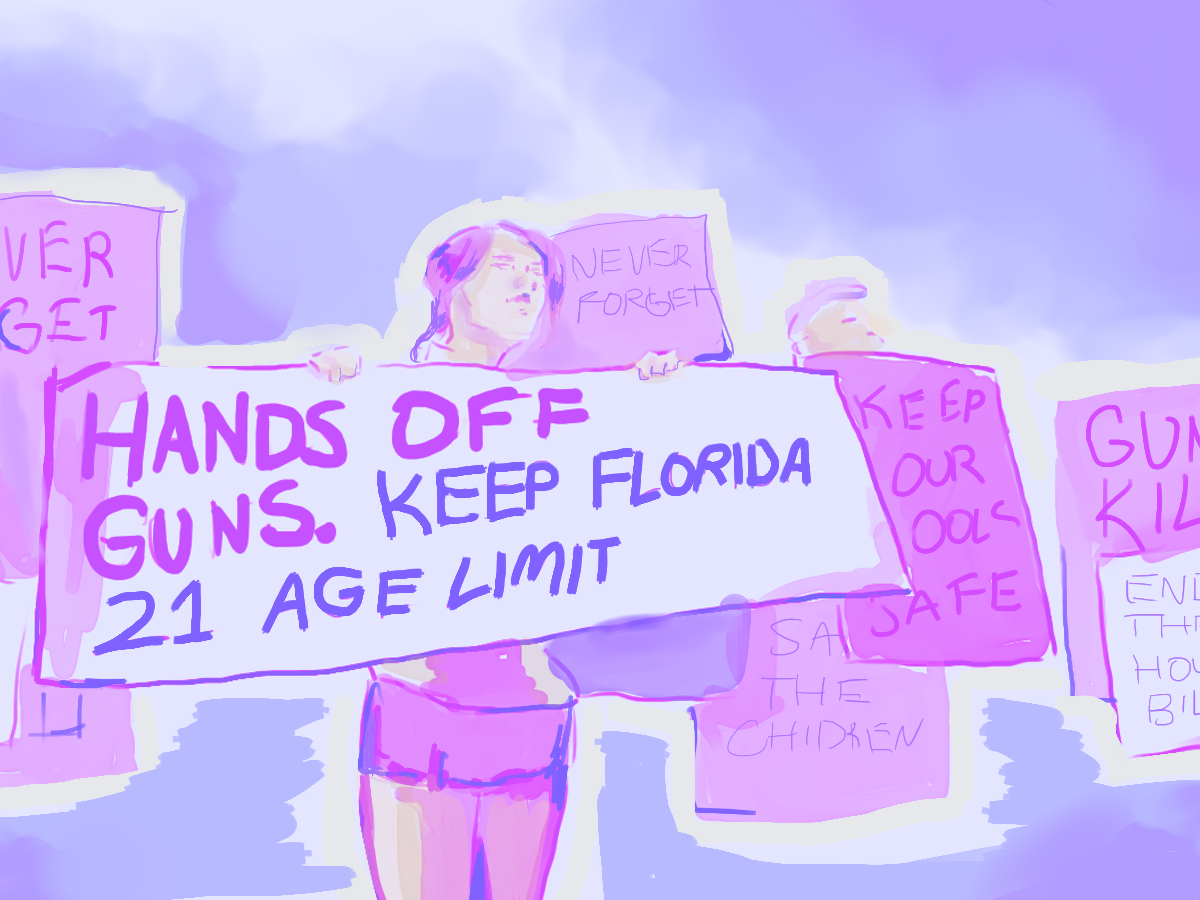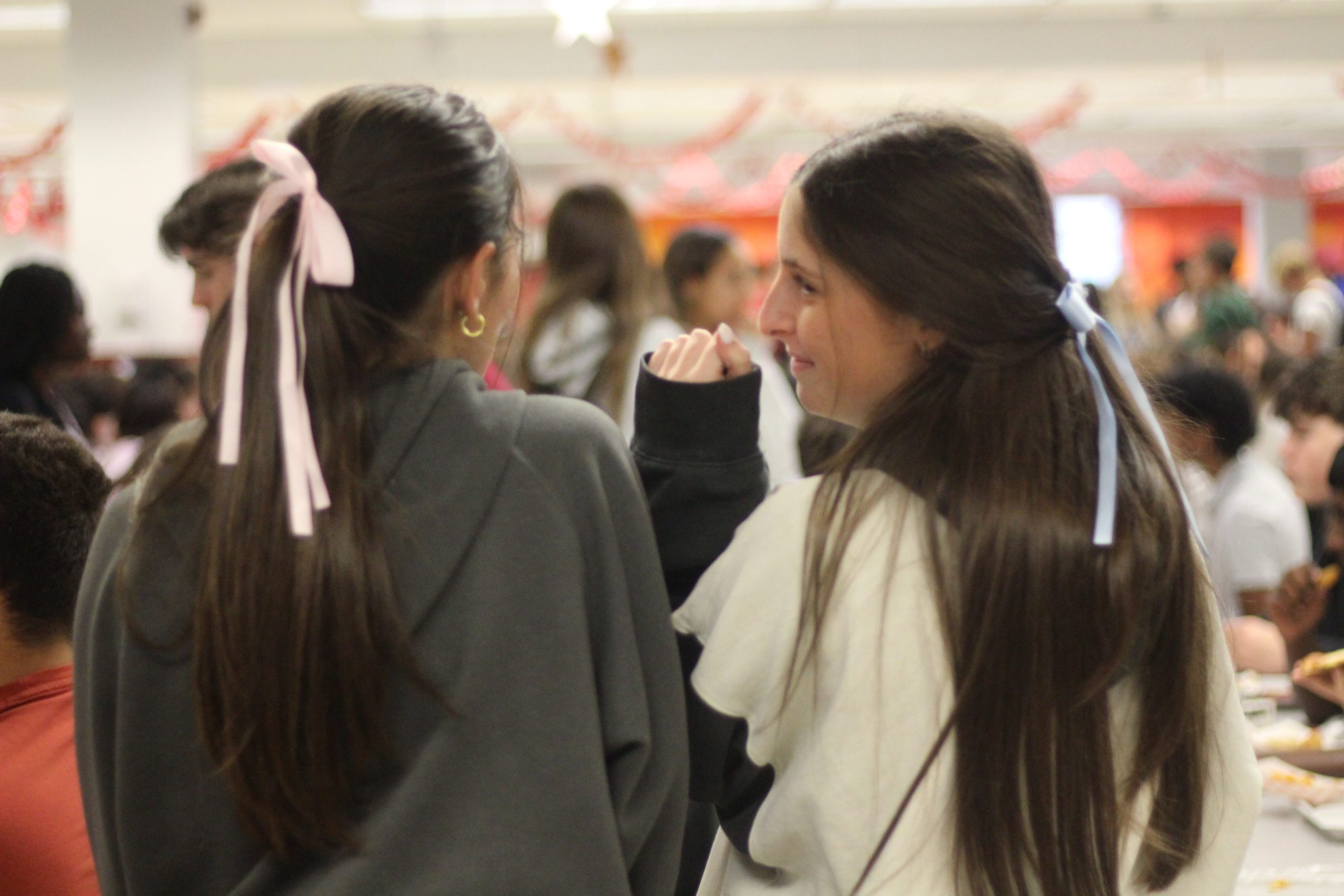[Review] ‘Doctor Sleep’ successfully bridges King and Kubrick
November 16, 2019
Since its release in 1980, Stanley Kubrick’s The Shining has torn fans. After Kubrick strayed too far from Stephen King’s novel, many debated over whether it was a work of art or just a bad adaptation. Stephen King himself publicly disliked the movie and disagreed with Kubrick’s new take on the story.
King released the novel Doctor Sleep in 2013, to answer many of the unsolved questions readers had about The Shining and what happened afterward. The book is faithful to its preceding novel, rather than Kubrick’s movie, and follows the aftermath of the Overlook Hotel being burned down, rather than abandoned.
With the release of the movie Doctor Sleep, directed by Mike Flanagan and starring Ewan McGregor, Rebecca Ferguson and Kyliegh Curran, the vast gap between King and Kubrick is healed. A large portion of the film follows King’s sequel closely, albeit with some parts cut out, whereas the third act of the film, when the characters return to Overlook, is a hybrid of King’s ending, Kubrick’s film and some new material.
Spoilers ahead for both the novels and films The Shining and Doctor Sleep.
Some of the major changes of the film during the first two acts are the removal of John Dalton, Casey Kingsley and Concetta Reynolds. John and Concetta are briefly shown and mentioned and Casey is removed entirely. Both Casey and John are mostly replaced by Billy Freeman, who acts as Dan’s Alcoholics Anonymous sponsor and travels with Dan to dig up the baseball boy.
Concetta’s absence has two implications for the story. First, the True Knot is a lot smaller in population, since Dan cannot use Concetta’s diseased steam to kill them. Second, the character development of Lucy and her mother is gone, meaning that the reveal of Jack Torrance’s affair does not happen and Dan and Lucy are not revealed to be half-siblings.
Another major change is Billy Freeman’s death. In the novel, Billy lives throughout the entire book, taking Dan to fight rose on the site of the burned Overlook Hotel. However, in the movie, Billy dies during the ambush on the True Knot when Snakebite Andi tells him to kill himself. Though he is a somewhat important character, his death doesn’t mean nearly as much since he does not drive with Dan to the Overlook. Instead, Dan drives himself and Abra.
After Dan, Abra and Rose the Hat travel to the Overlook for the final battle, things start to get nostalgic. The nighttime drive to the Overlook is an excellent callback to Kubrick’s opening sequence, with a powerful orchestral rendition of the original theme music. The set design of the Overlook Hotel is extremely well done, matching perfectly to Kubrick’s. We see Room 237, the Torrances’ family suite, the Gold Room, the hedge maze and more. Additionally, all of the Overlook’s phantoms have been brought back to life, including Horace Derwent, the Grady twins, Lloyd and the woman from Room 237. The camera even emulates the camera of Kubrick’s The Shining as Dan swings the ax and the scene between Dan and Rose in the Colorado Lounge recreates the scene of Jack stalking Wendy up the stairs. There are tons of easter eggs here and a sort of chilling yet refreshing nostalgia. The set designs, casting and overall recreation for these scenes are exquisite, and they follow Kubrick’s movie down to the inch.
The scenes that take place at the Overlook are a culmination of both the film and the book version of The Shining and new material. The scene between Dan and Jack stands out: an odd reconciliation of sorts. It mirrors the scene in Kubrick’s The Shining when the hotel appears as Charles Grady who insists he is not the same Grady that was formerly the caretaker and killed his family. This time, the hotel manifests as Lloyd the bartender insists he is not Jack Torrance. It’s very interesting how Dan’s Overlook ghosts are the ones that kill Rose, and not Abra or Dan. A strange but fascinating blend of all three sources happens once the hotel controls Dan. His limp and drunken shouts resemble Jack Nicholson’s performance and his brief moment of connection with Abra mirrors Jack’s moment of clarity with Danny in King’s novel. The conclusion of the Overlook scenes, when the boiler catches fire and Dan tries to stop it while still being controlled by the hotel, bears a very strong resemblance to the ending of King’s The Shining, only with Dan now dying with the hotel instead of Jack. Throughout the Overlook scenes, the film takes all three sources and runs with them, creating a lively new story.
As the credits roll and the ever-so-enchanting “Midnight, The Stars and You” plays, the 39-year-old hole between King and Kubrick is sealed. Doctor Sleep perfectly ties together King’s novels and Kubrick’s classic, intertwining the dueling stories with grace while even earning Stephen King’s approval. Considering all aspects of this film, it’s clear why it should go down as a horror classic.











